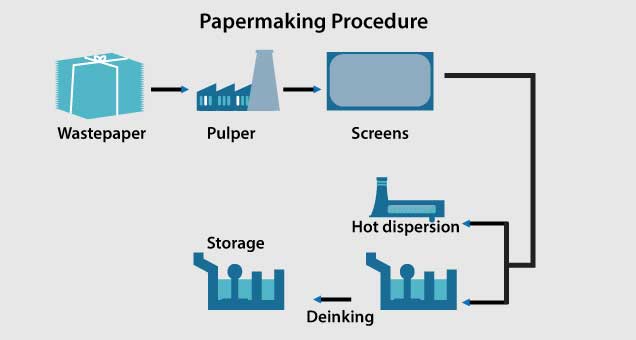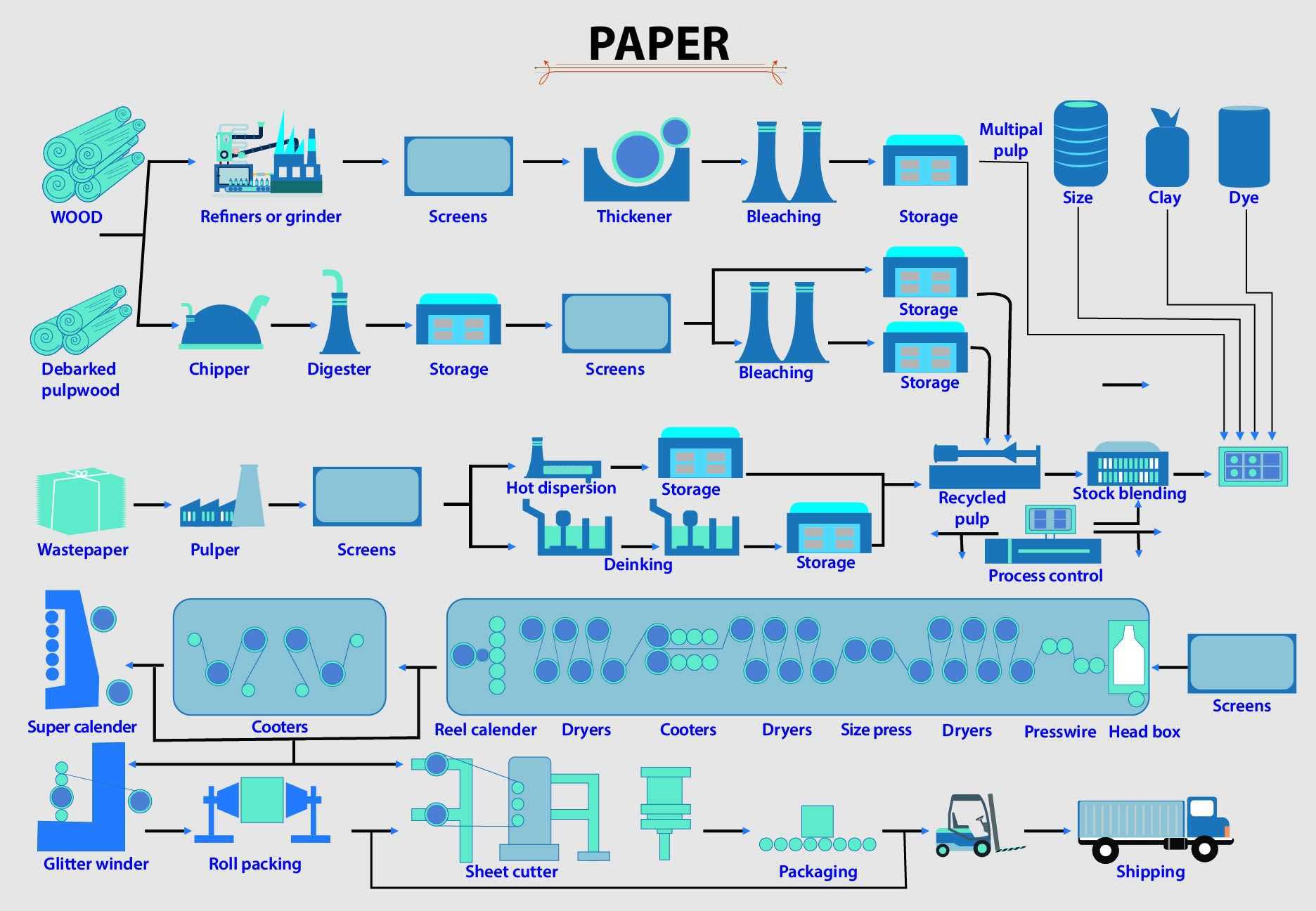
Paper Iand Pulp ndustry Measurement & Control Solutions
Paper plays a key role in our daily life and papers have been used for many years from now. Papers are made with the pulp of the woods, which is an eco-friendly product.
Paper is made through the following processes:
Pulping procedure will be done to separate and clean the fibers
Refining procedure will be followed by pulping processes
Dilution process to form a thin fiber mixture
Formation of fibers on a thin screened
Pressurization to enhance the density of the materials
Drying to eliminate the density of materials
Finishing procedure to provide a suitable surface for usage
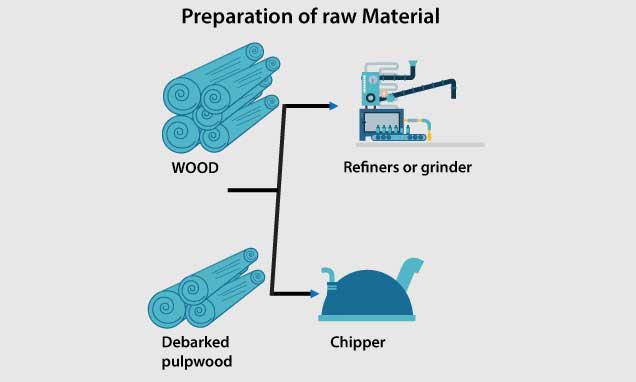
PREPARATION OF RAW MATERIAL
Wood that has been received at a pulp mill can be in different forms. It depends on the pulping process and the origin of the raw material. It may be received as bolts (short logs) of round-wood with the bark still attached, as chips about the size of a half-dollar that may have been produced from sawmill from debarked round wood elsewhere.
If round wood is used, it is first debarked, usually by tumbling in large steel drums where wash water may be applied. Those debarked wood bolts are then chipped in a chipper if the pulping process calls for chemical digestion. Chips are then screened for size, cleaned, and temporarily stored for further processing.
SEPARATION OF FIBER
In the fiber separation stage, several pulping technologies will have diverged. The chips are kept into a large pressure cooker (digester), into which is added the appropriate chemicals in kraft chemical pulping.
The chips are then digested with steam at specific temperatures to separate the fibers and partially dissolve the lignin and other extractives. Some digesters operate continuously with a constant feed of chips (furnish) and liquor are charged intermittently and treat a batch at a time.
After the digestion process, the cooked pulp is discharged into a pressure vessel. Here the steam and volatile materials are tubed off. After that, this cooked pulp is returned to the chemical recovery cycle. Fiber separation in mechanical pulping is less dramatic.
Debarked logs are forced against rotating stone grinding wheels in the stone ground-wood procedure. Refiner pulp and thermo-mechanical pulp are produced by chips. These chips are ground by passing them through rapidly rotating in both processes.
In the second stage after refining, the pulp is screened, cleaned, and most of the process water is removed in preparation for papermaking.
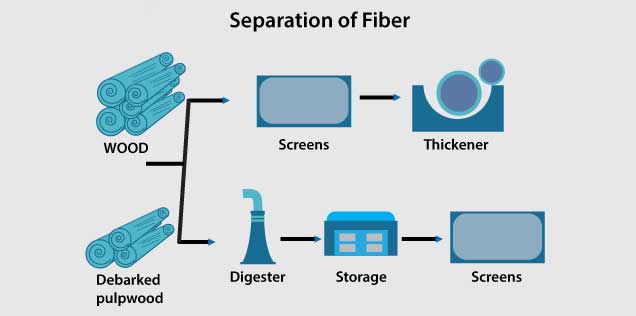
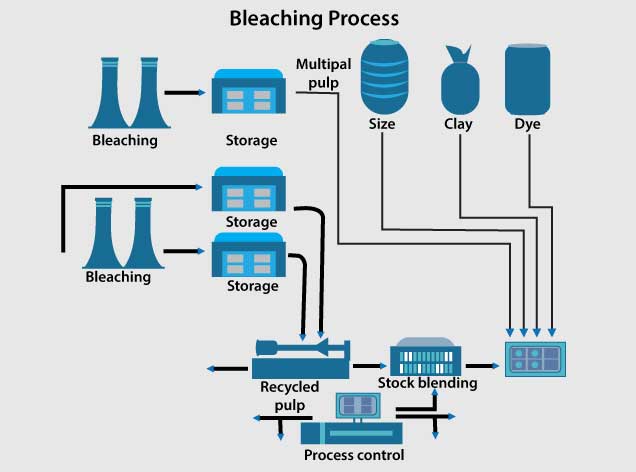
BLEACHING PROCESS
The raw pulp contains an appreciable amount of lignin and other discoloration, it must be bleached to produce light colored or white papers preferred for many products. The fibers are further delignified by solubilizing additional lignin from the cellulose through chlorination and oxidation. These include chlorine dioxide, chlorine gas, sodium hypochlorite, hydrogen peroxide, and oxygen.
Sodium Hydroxide, a strong alkali is used to extract the dissolved lignin from fibers surface. The bleaching agents and the sequence in which they are used depending on a number of factors, such as the relative cost of the bleaching chemicals, type, and condition of the pulp.
Mechanical pulp bleaching varies from chemical pulp bleaching. Bleaching of mechanical pulp is designed to minimize the removal of the lignin that would reduce fiber yields.
Chemicals used for bleaching mechanical pulps selectively destroy colouring impurities but leave the lignin and cellulosic materials intact, These include sodium bisulfite, sodium or zinc hydrosulfite (no longer used in the United States), calcium or sodium hypochlorite, hydrogen or sodium peroxide, and the Sulphur Dioxide-Borol Process (a variation of the sodium hydrosulfite method).
PAPERMAKING PROCEDURE
Bleached or unbleached pulp may be further refined to cut the fibers and roughen the surface of the fibers to enhance formation and bonding of the fibers as they enter the paper machine.
Water is added to the pulp slurry to make a thin mixture normally containing less than 1 percent fiber. The dilute slurry is then cleaned in cyclone cleaners and screened in centrifugal screens before being fed into the ‘wet end’ of the paper-forming machine. The dilute stock passes through a head-box that distributes the fiber slurry uniformly over the width of the paper sheet to be formed.
